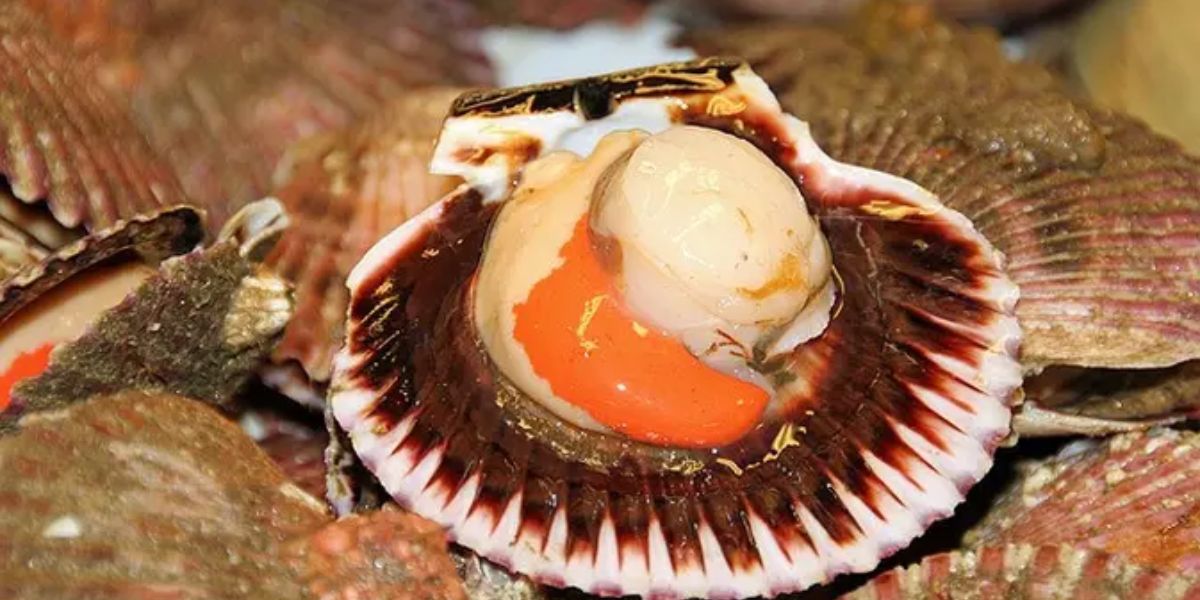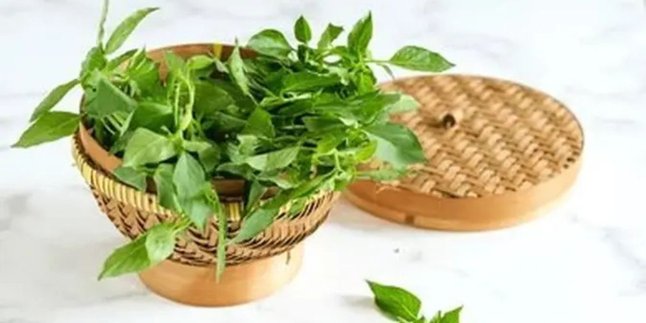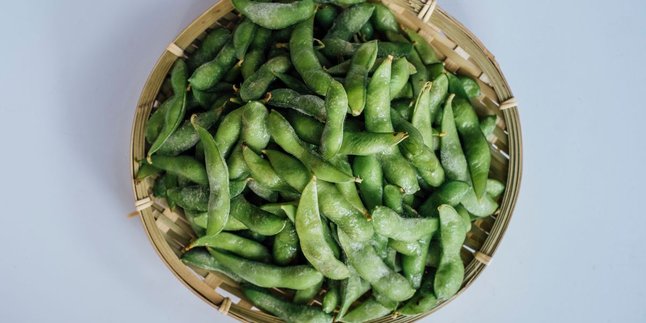Kapanlagi.com - Clams, a dish that always manages to steal the spotlight at the dining table, especially for seafood lovers! With their tempting savory flavor and soft texture that delights the palate, clams are a hard choice to resist. From the famous clams, fresh green clams, to mouth-watering scallops, various types of clams are often transformed into delicious dishes with a variety of enticing sauces.
However, behind this enjoyment, there are several things we need to be cautious about. Not all types of clams are safe to eat! Some of them can pose serious health risks, especially if they come from contaminated waters.
One star that is currently in the spotlight is the clam. Although known for its abundant nutritional content, this clam is actually on the list of the most dangerous foods in the world. So, what makes clams risky, and how can we enjoy them safely? Read this article to find out the answers!
1. What is the Blood Clam and Why is it Popular?
The blood clam, or Tegillarca granosa, is a hidden gem in the waters of Southeast Asia, known for its small, hard shell that is blackish-white in color. With its abundant hemoglobin content, the liquid inside emits a tempting red color and is believed to enhance red blood cell production, making it a healthy choice for food lovers.
According to the New York Times, this clam has become one of the favorite seafoods cultivated in Asia, thanks to its enticing savory flavor and various cooking methods—ranging from steaming, boiling, grilling, to being eaten raw. However, behind its deliciousness, the blood clam also harbors lurking health risks; bacteria and viruses that may reside within can cause serious illnesses, especially if harvested from polluted waters.
2. Health Risks Associated with Blood Clams
Razor clams, although they look tempting, hide dangers lurking behind their deliciousness. This food, which is on the list of the 17 most dangerous foods in the world according to Express.co.uk, is capable of absorbing toxins and pollutants from contaminated aquatic environments.
With the potential to contain deadly bacteria such as Vibrio vulnificus and hepatitis A and E viruses, these clams can be a source of serious illnesses such as typhoid, dysentery, and bloody diarrhea, especially if enjoyed raw. Therefore, it is very important to pay attention to the source of the water from which the clams are taken before consuming them, as well as to ensure that razor clams are cooked thoroughly so that all harmful microorganisms can be eliminated.
3. Green Mussels and Scallops: Are They Equally Dangerous?
In addition to razor clams, which often steal the spotlight, green mussels and scallops also deserve special attention. Green mussels, although famous for their appetizing flavor, carry potential danger if harvested from contaminated waters, and their toxins can be more lethal than cyanide! These toxins can accumulate in the human body if green mussels are consumed in excess, so it is important to consume them wisely.
No less risky, scallops have also been in the spotlight during a poisoning incident in 2014, resulting in several deaths due to accumulated heavy metals. Like razor clams, scallops have the ability to absorb pollutants from their environment, making it crucial to pay attention to their water source before enjoying them.
4. Tips for Choosing and Consuming Shellfish Safely
To avoid health risks, there are several tips to consider when choosing and consuming shellfish:
- Pay attention to the source of the water: Ensure that the shellfish come from clean and pollution-free waters. Avoid shellfish taken from coastal areas known to be contaminated.
- Make sure the shellfish are fresh: Fresh shellfish usually have a distinct sea aroma and tightly closed shells.
- Cook thoroughly: Cooking methods such as boiling or steaming can kill bacteria and viruses that may be present in the shellfish.
If possible, choose shellfish that have passed food safety tests to ensure that their toxin levels are below safe thresholds.
5. 1. Are clams safe to consume every day?
Clams should not be consumed every day, especially if you are unsure of their origin. Excessive consumption can increase the risk of exposure to harmful bacteria and viruses.
6. 2. How to tell if the shellfish is still fresh?
Fresh shellfish usually have tightly closed shells and a distinctive sea aroma. Avoid shellfish that have a strong odor or open shells.
7. 3. Does cooking shellfish until done eliminate its toxins?
Cooking processes such as boiling or steaming can kill bacteria and viruses, but do not completely eliminate heavy metal toxins if the shellfish come from polluted waters.
8. 4. What is the biggest risk of consuming raw shellfish?
Raw shellfish can contain bacteria such as Vibrio vulnificus that can potentially cause serious infections, especially in individuals with weakened immune systems.
(kpl/mni)
Disclaimer: This translation from Bahasa Indonesia to English has been generated by Artificial Intelligence.












